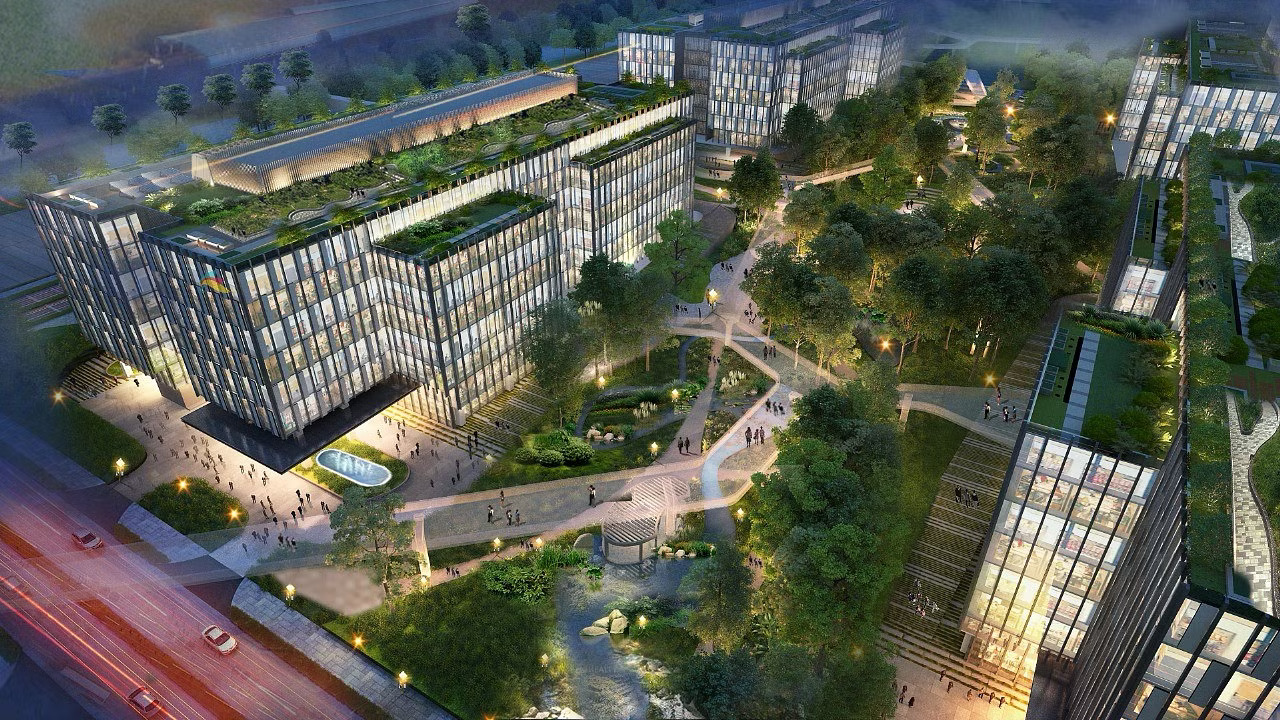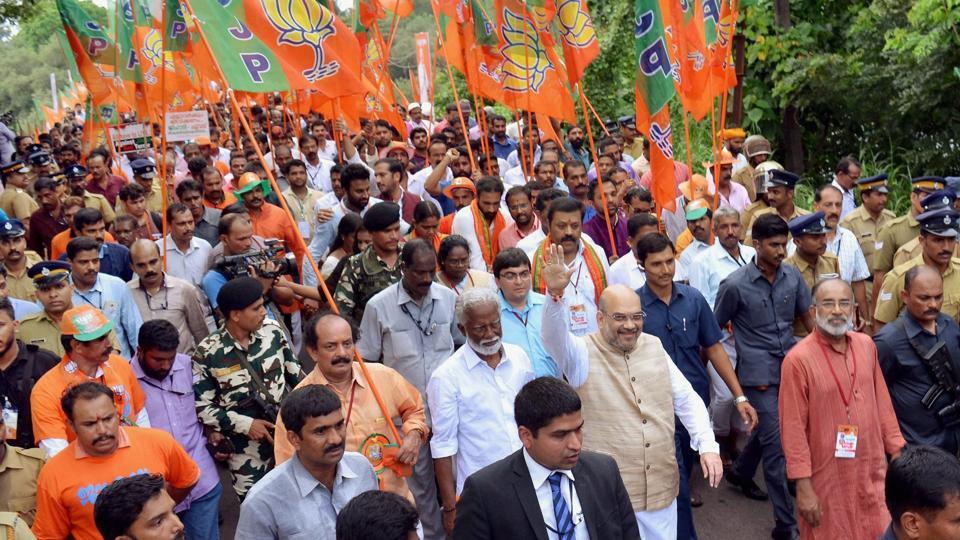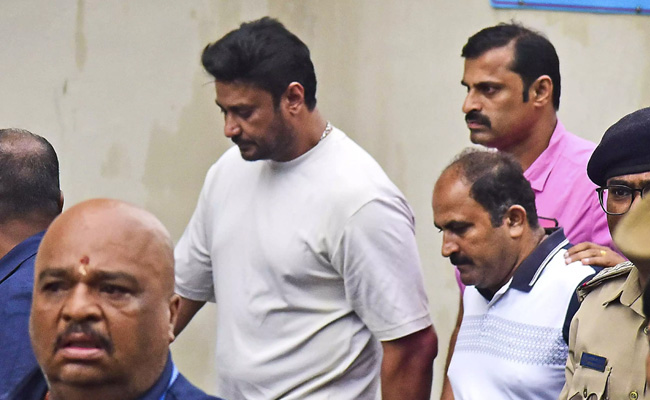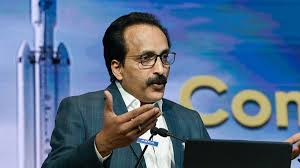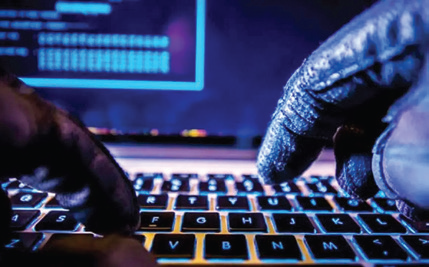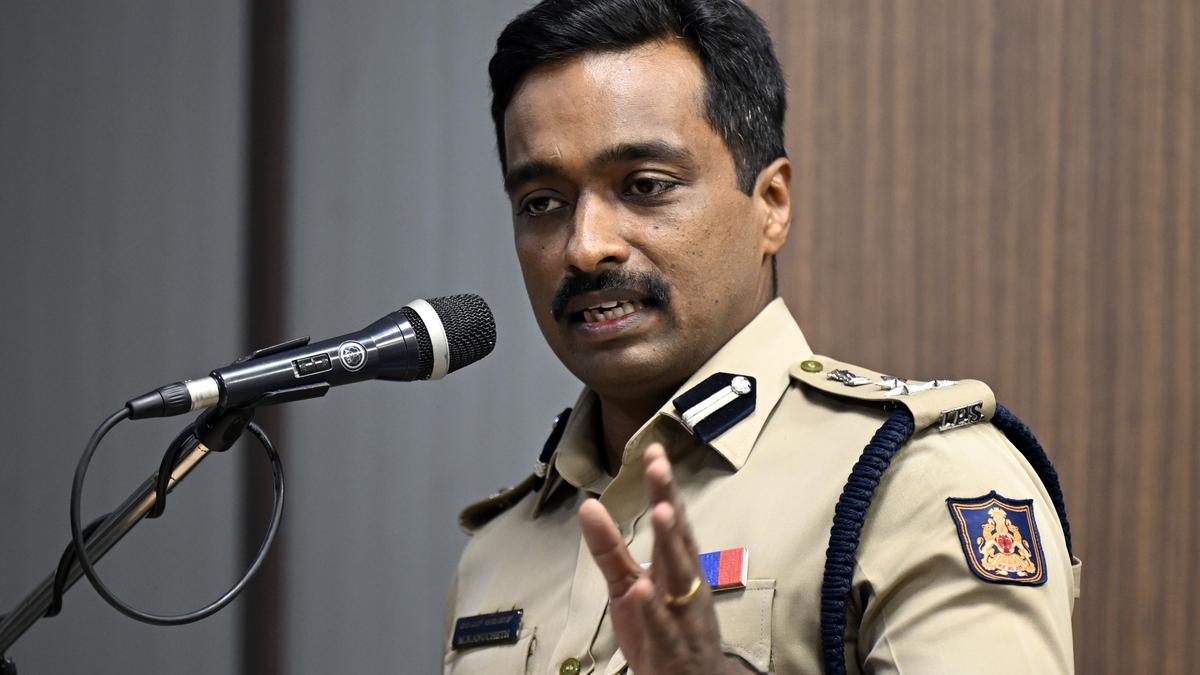
AI, CCTV cameras no threat to liberty, says traffic chief Anucheth
Joint Commissioner of Bengaluru City Traffic Police MN Anucheth insists that Artificial Intelligence (AI) coupled with Closed Circuit Television (CCTV) cameras don’t pose a threat to privacy. There have been instances where AI and CCTV cameras are used to set up extensive surveillance, which is then used to punish dissenting citizens. Speaking exclusively to News Trail, Anucheth insisted that the CCTV footage in possession of Bengaluru Traffic Police (BTP) wasn’t shared with private parties. Bangalore Traffic Police (BTP) recently launched the Bengaluru Adaptive Traffic Control System (BATCS), which uses AI to manage traffic. Here are excerpts from an interview
Q. There has been talk about AI technology making traffic management more efficient. However, you mentioned that AI-powered cameras haven’t been effective during peak hours. Please elaborate.
A. I would say that its AI-powered signals. Right now we have implemented two kinds of AI based traffic signals. One is the moderato system implemented by Jaika. Those have not been that effective in peak hour signals. There is another system called the Quasi Core system, which has been implemented at 60 Junctions and is going up to 165 Junctions by January, 2025. That has been quite effective in peak hour management. The idea is that we’ll use these signals to understand traffic flow dynamically. So basically, it optimizes signal time based on the traffic at each arm of each junction and synchronizes it. So if you optimize signal time, we will reduce time at the junction.
Q. Please explain the difference between the two systems.
A. Quasi Core analyzes the vehicle density at each junction, gives preference to those having higher vehicular density. Both signals communicate to each other, indicating what is the present status of the other signal. So we can have multiple signals talking to each other. So the load decides the signal time and secondly, we can have synchronization. Moderato is based on something called origin destinations. It is based on the historical pattern of how the traffic moves between two roads.
Q. With around 9,000 CCTV cameras feeding into map-based services, what specific insights are being gathered and how is it helping?
A.We have 9,000 cameras as part of the safe city project. They are also being used for traffic management. So that’s one of the inputs to a big data platform called ‘Astram’, which takes inputs from multiple data sources. One of the data sources and the predominant data source is the traffic camera. So at the traffic cameras, we do a PCU (passenger car unit) count and we find out what is the traffic in and out of each junction where the traffic camera is located Secondly, we take inputs from map-based services as well. We take data from some private operators. We take data from NHAI (National Highways Authority of India) regarding the tolls. What is the input and output at the toll? Then we take data regarding rainfall and other things. So all this data is combined to analyze what would be the traffic flow? For example, the highest graded response that we have is what happened on August 14.
It was a long weekend, the Independence Day weekend. So what we did was we suggested to all the tech parks on ORR to call for work from home. The majority of them did, and we were able to avoid the congestion because there was an exodus of people from Bengaluru towards their hometowns. It was a four-day weekend. This was on Wednesday evening. Wednesday is also the highest peak hour in Bengaluru. So that combined with the expected rainfall would have resulted in grid locks. So we avoided that.
Q. Coupled with CCTV cameras, is AI a threat to liberty of ordinary citizens because it can open the door to surveillance?
A.We strictly follow the guidelines laid down in the Digital Protection of Privacy Act. We are very mindful of a person's privacy. There are exceptions (in criminal cases). But for an ordinary, law-abiding citizen, I don't think there is an intrusion of privacy. For example, if there is a person not wearing the seat belt, when we capture the photo, only the part where the seat belt is not worn is captured. The face is not captured. Secondly, the data only resides with us and the person who has it can view that data.
 English daily published in Bengaluru & Doha
English daily published in Bengaluru & Doha

